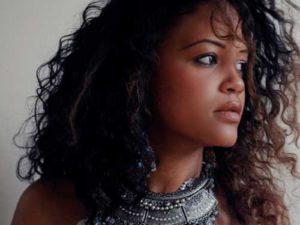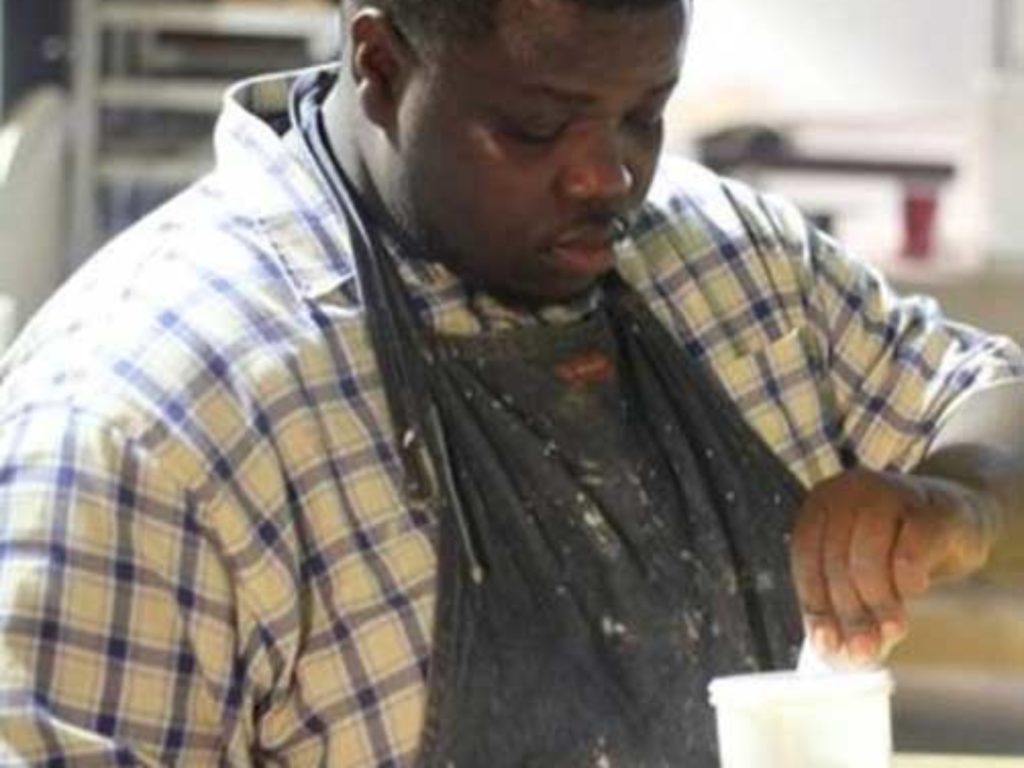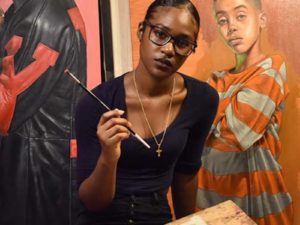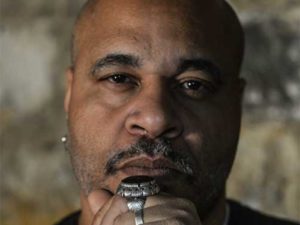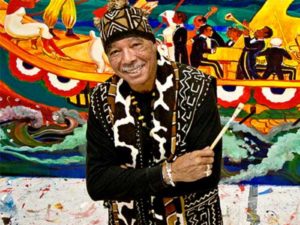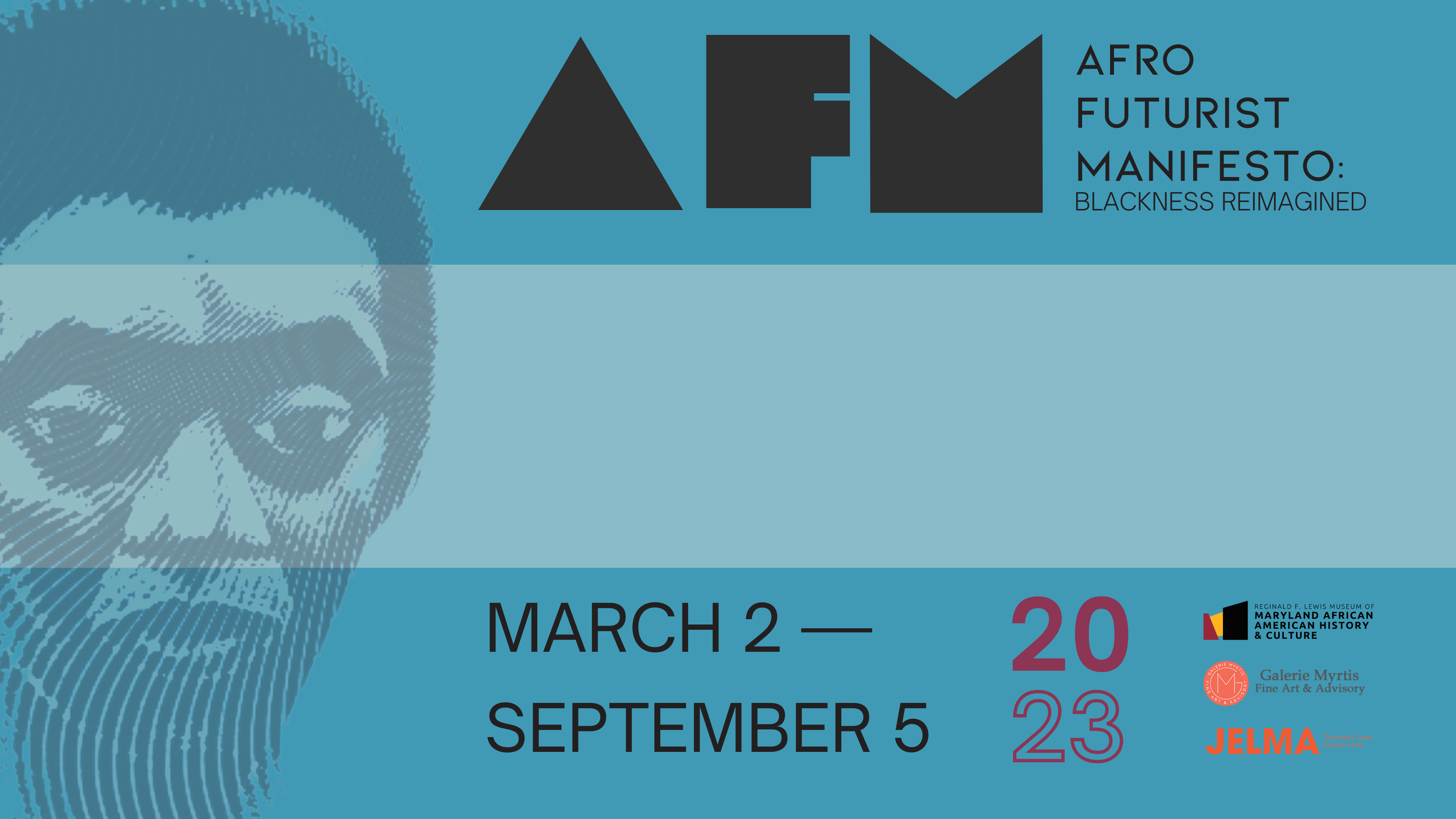
Reynaldo Anderson
A utopian world – at its nucleus, Black lives, the dark matter that sustains the universe, and Black activists, creatives, and intellectuals, the heavenly bodies and sustenance of black holes – gives birth to the exploration of the future Time, Space, and Existence of Blackness.
What is Afrofuturism?
The term “Afrofuturism” was coined by American author, lecturer, and cultural critic Mark Dery in 1993. But the concept was conceived in the cosmology and ideology of ancient Africa, transported in the souls of the enslaved, birthed in the Afro-diasporic experience, and preserved through atavistic memory. Dery questioned, “Can a community whose past has been deliberately rubbed out, and whose energies have subsequently been consumed by the search for legible traces of its history, imagine possible futures?”
What Dery failed to realize is the history of Black people has never been “rubbed out.” It has always lived in the art, music, and literature articulated by its people—and existed within the framework of Afrofuturism …with the mission of laying the groundwork for a humanity that is not bound up with the ideals of white Enlightenment universalism. (Jones, 2015, Rabaka, 2010, Rollefson, 2008, p. 91)
The Afro-Futurist Manifesto: Blackness Reimagined is the response to Dery’s question and affirmation that the “possible futures” of Black people will not only be imagined but realized – rooted in African traditions, composed in its polyrhythms, and storeid in the lexicon of the African American experience.
The Curator
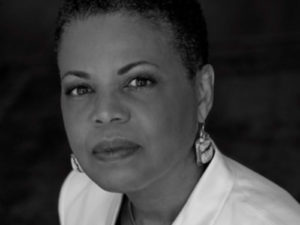
Myrtis Bedolla is the owner and founding director of Galerie Myrtis, an emerging blue-chip gallery and art advisory specializing in twentieth and twenty-first-century American art with a focus on work created by African American artists. Bedolla possesses over 30 years of experience as a curator, gallerist, and art consultant.
Established in 2006, the mission of the gallery is to utilize the visual arts to raise awareness for artists who deserve recognition for their contributions in artistically portraying our cultural, social, historical, and political landscapes; and to recognize art movements that paved the way for freedom of artistic expression.
The Artists
Future-looking artists investigate the intersection of Black culture and 21st century technologies that are, as suggested by Dery, “too often brought to bear on black bodies.” They employ paintings, prints, sculpture, video, and photography to claim agency over Blackness and envision a world devoid of socio-economic inequities, the pandemic, and white supremacy.
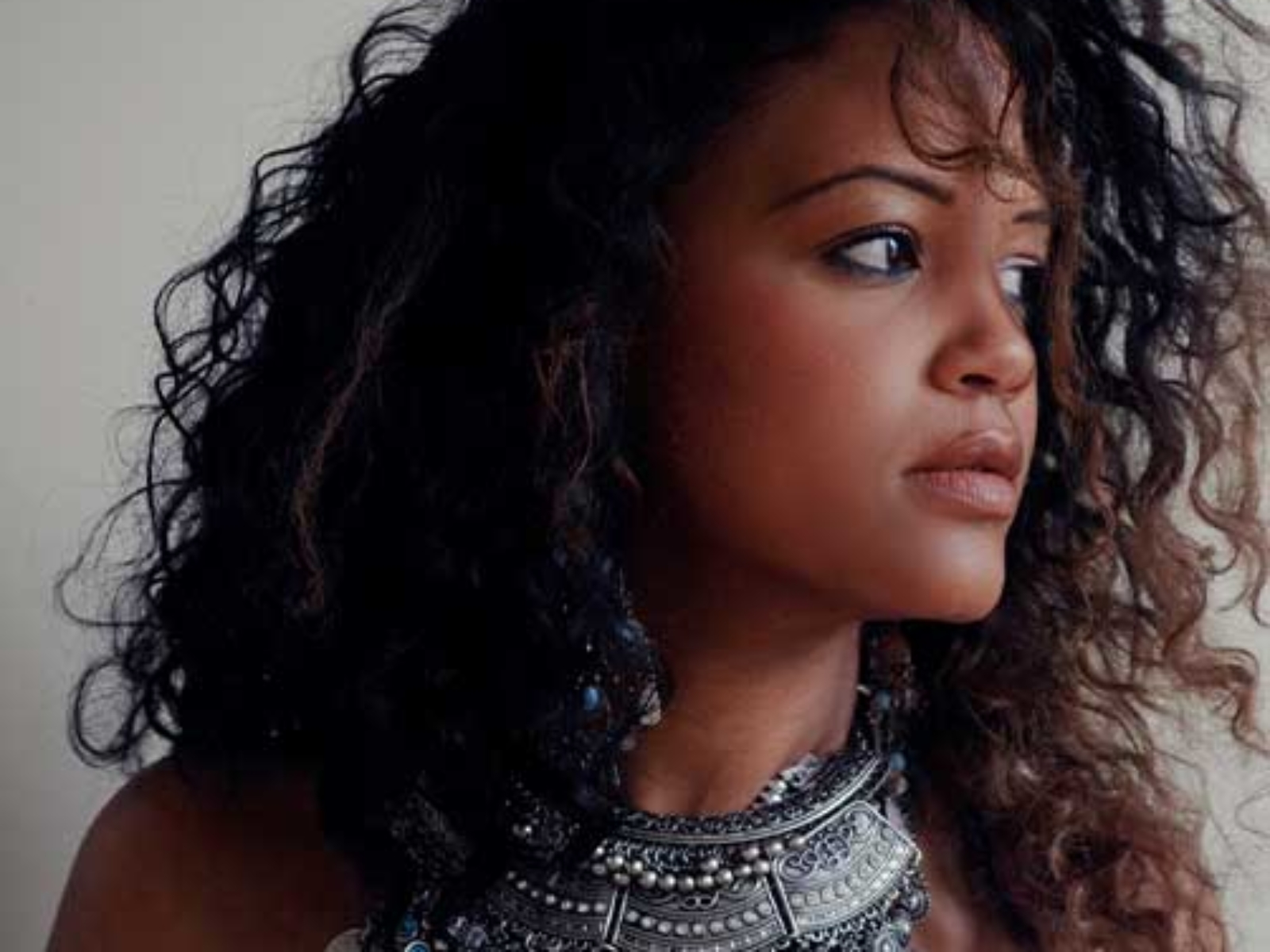
Museum Collection:
Minneapolis Institute of Art
Microsoft Corporate Collection
Petrucci Family Foundation Collection of African American Art
University of Maryland Global Campus
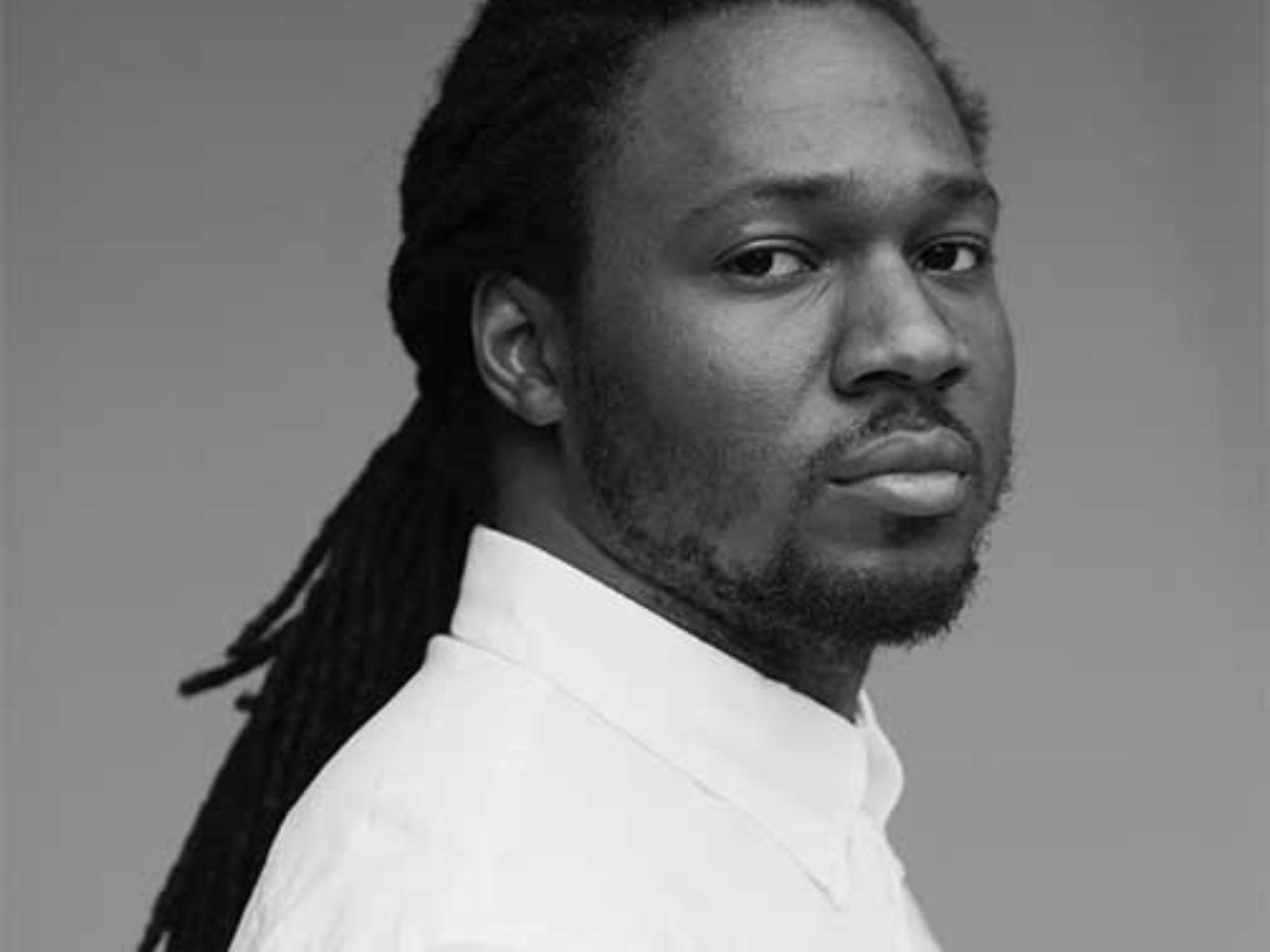
Museum Collections:
Baltimore Museum of Art (promised gift)
Museum of Modern Art
Harvard Art Museums
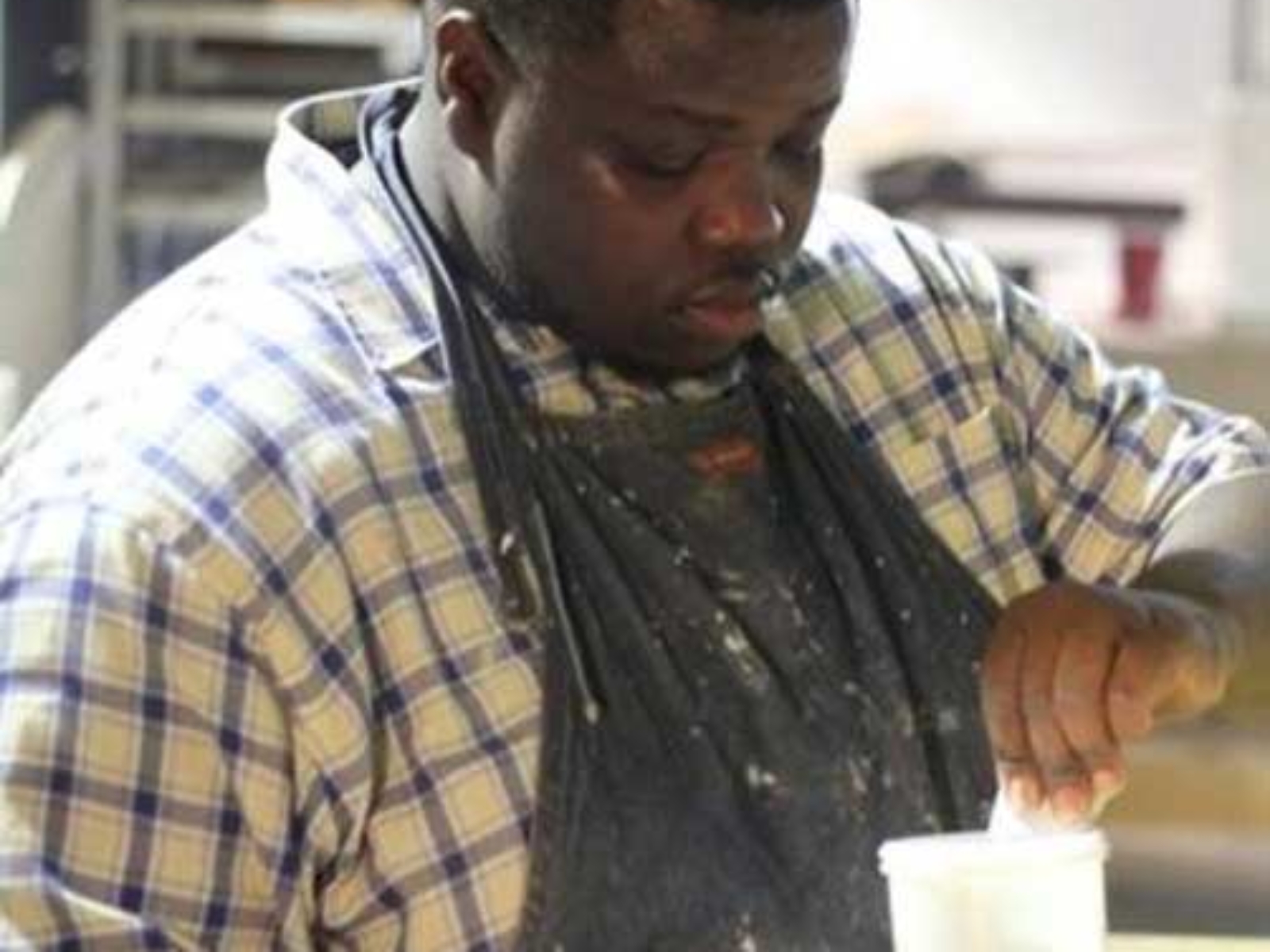
Museum Collections (selected):
Pérez Art Museum Miami (PAMM)
UK Contemporary Art Society, Plymouth Box Museum
Petrucci Family Foundation Collection of African American Art
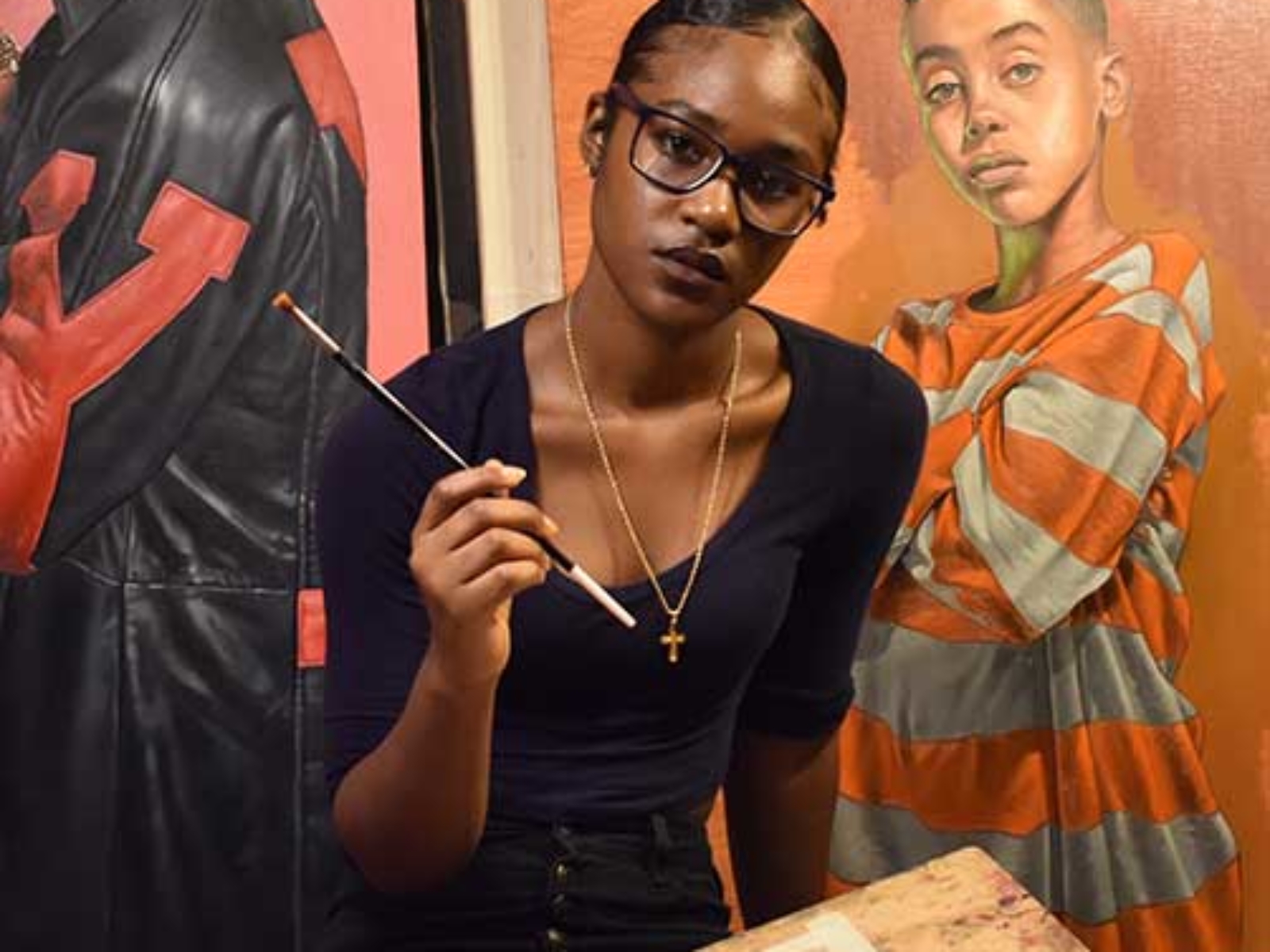
Museum Collection:
Petrucci Family Foundation Collection of African
American Art
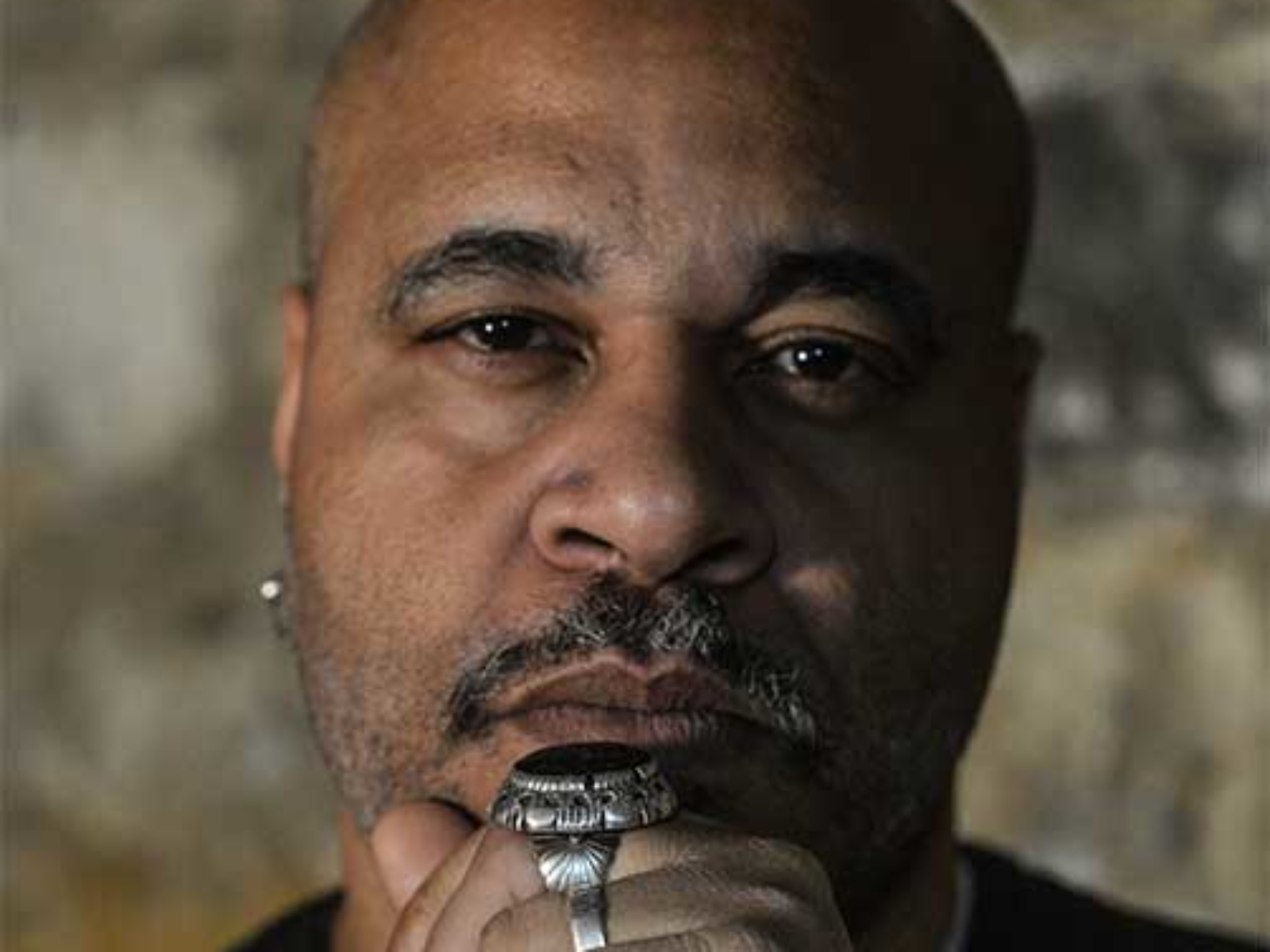
Museum Collections:
The Hampton University Museum
The Schomburg Center Research in Black Culture
Embassy of Oslo Norway, Arts in Embassies Program
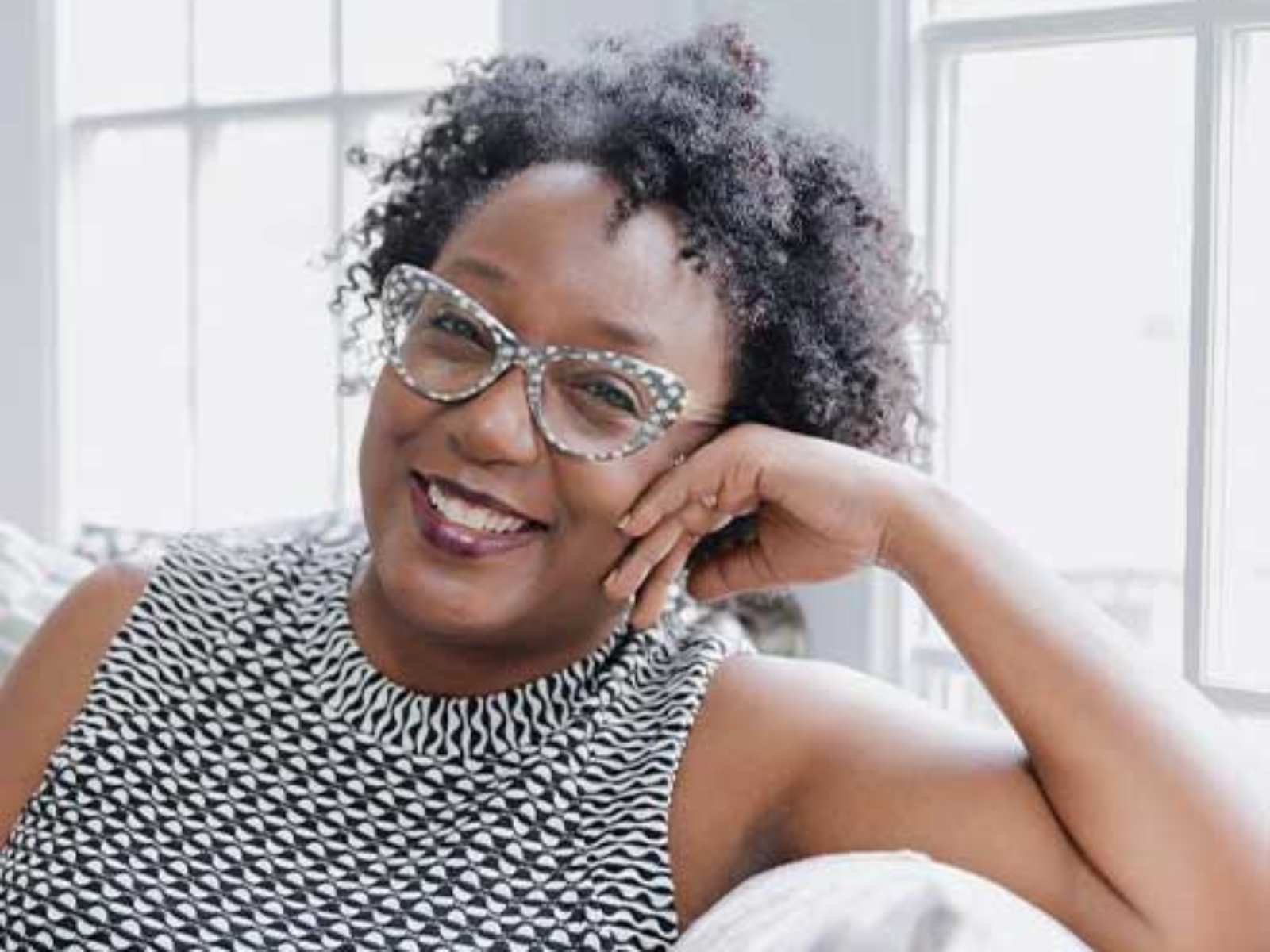
Museum Collections (selected):
Crystal Bridges Museum
Minneapolis Institute of Art
Minnesota Museum of American Art
National Museum of Women in the Arts
Library of Congress
The Studio Museum in Harlem
Petrucci Family Foundation Collection of African-American Art
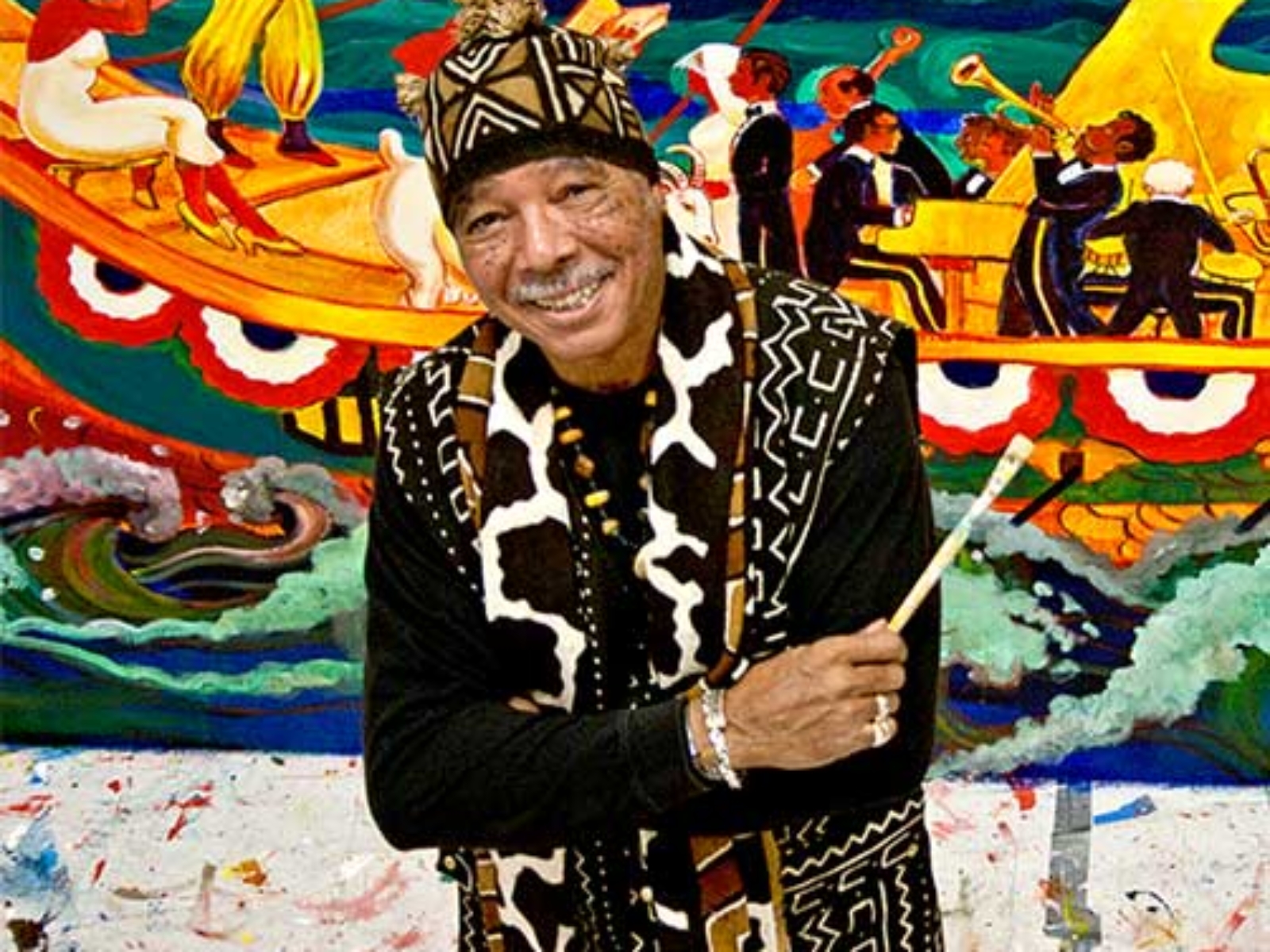
Museum Collections (selected):
Delaware Museum of Art
Hallie Ford Museum of Art
Petrucci Family Foundation Collection of African American Art
Portland Art Museum
Reginald F. Lewis Museum
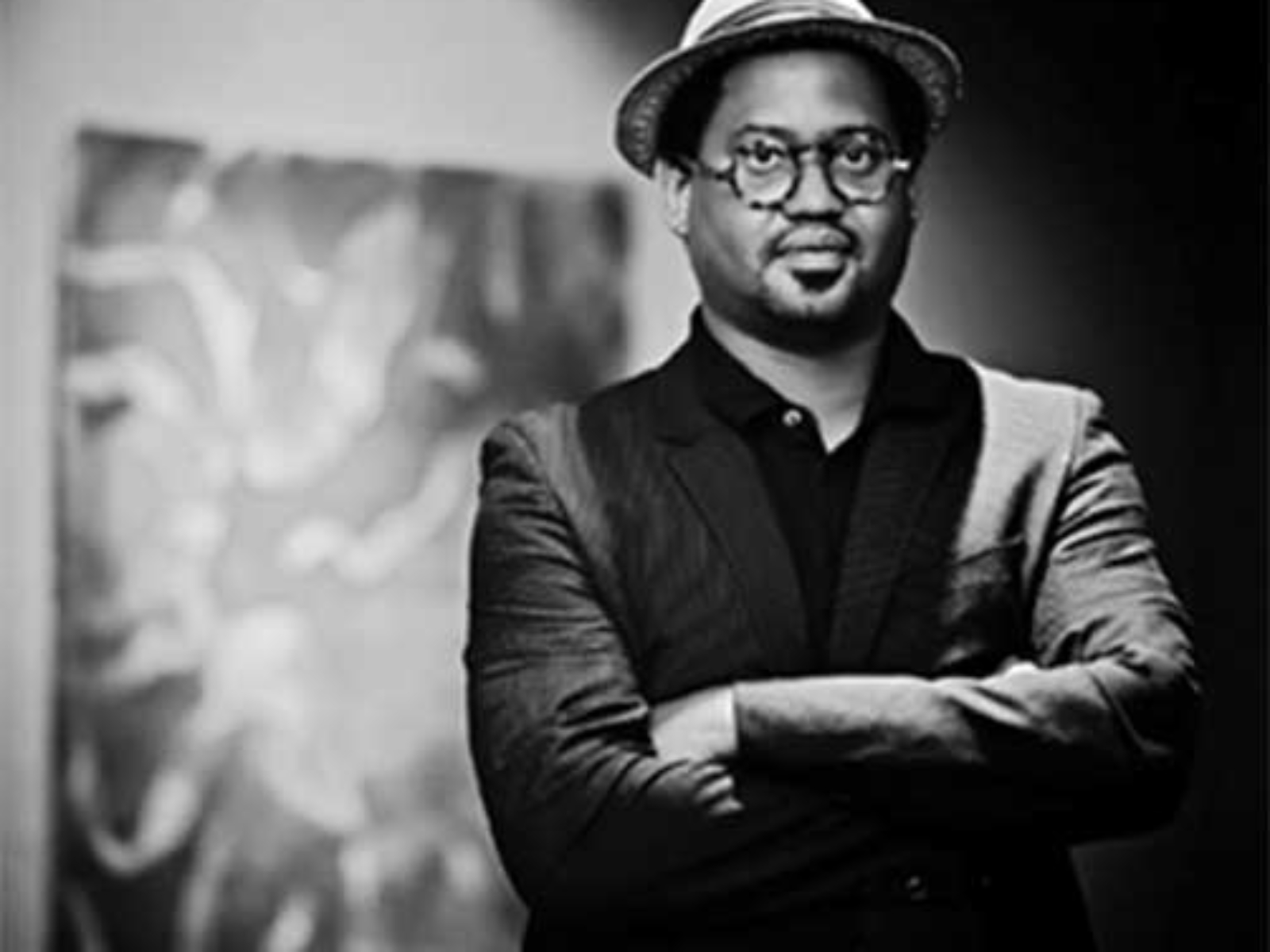
Museum Collections (selected):
Aspen Museum of Art
Petrucci Family Foundation Collection of African American Art
Smith Robertson Museum
Studio Museum of Harlem
